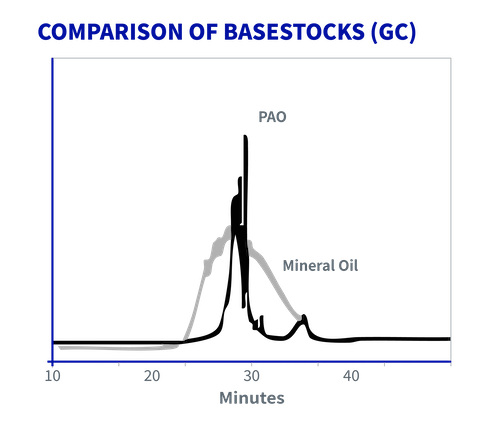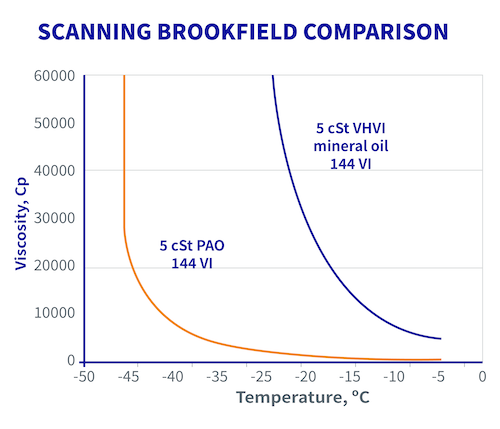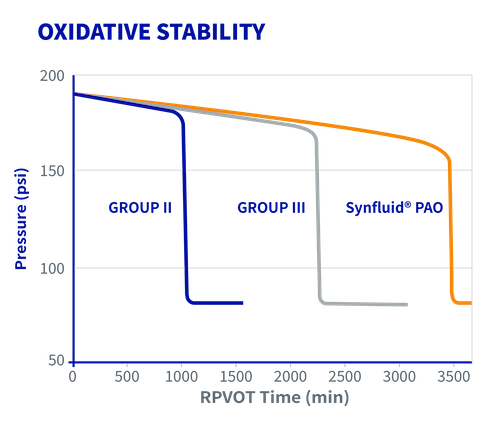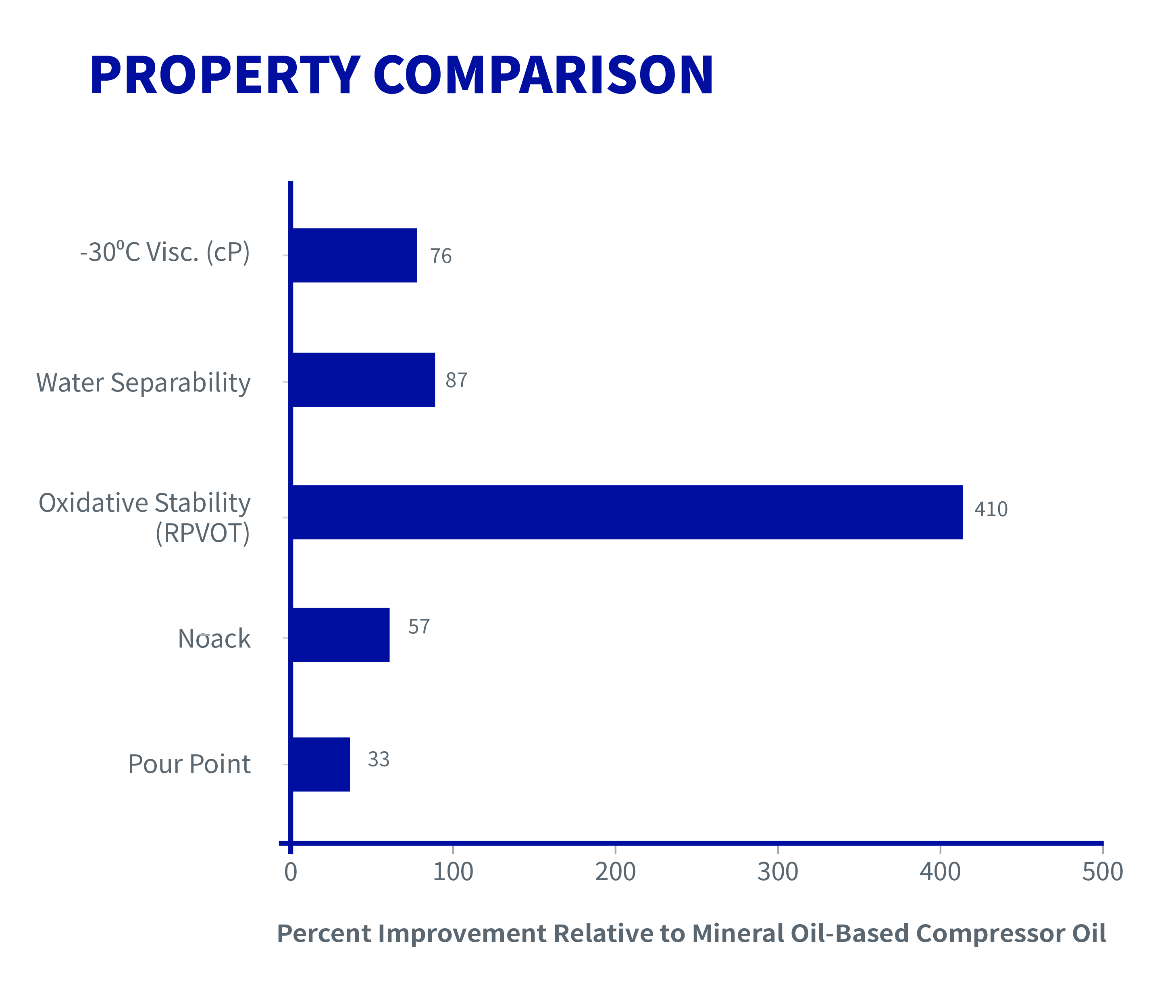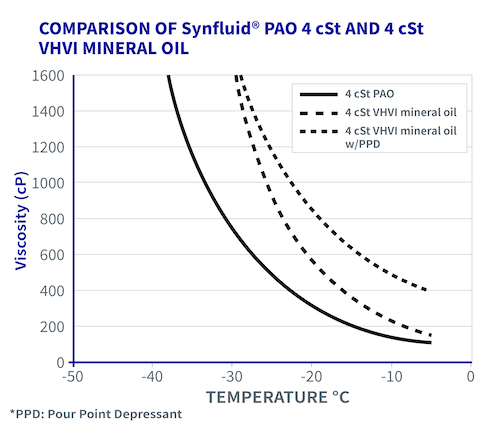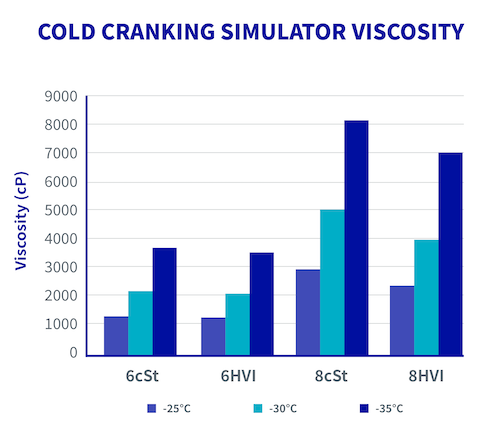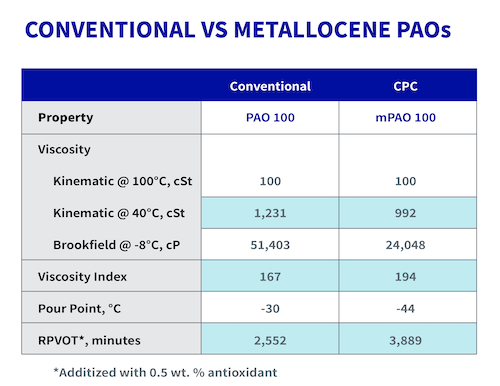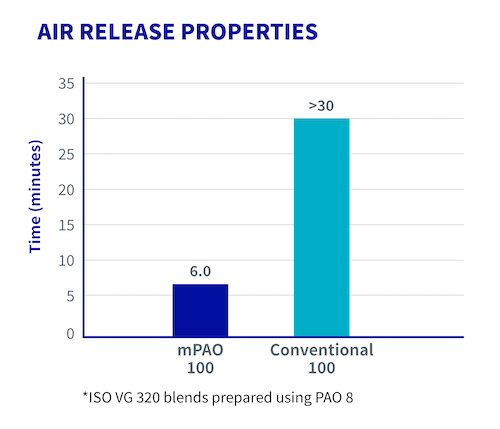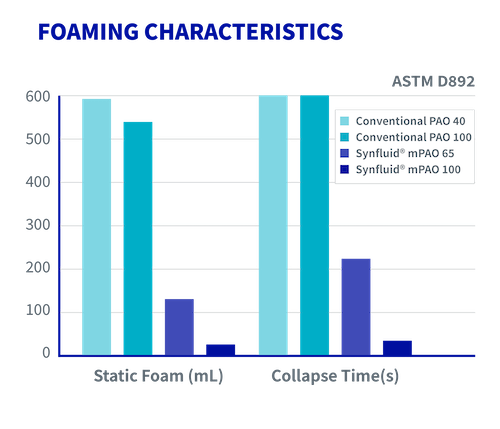Grease is a solid to semi-fluid lubricant, typically used for “difficult to service” equipment such as bearings or suspension systems. When combined with “difficult operating conditions” — including extreme temperatures, high loads, or extended operations — a high-quality base oil may be necessary.
Low-temperature fluidity and high-temperature thermal and oxidative stability are key factors when choosing a PAO. This is especially true when considering the entire operating temperature range, including startup conditions.
The qualitative chart below describes the impact of each grease component on certain performance characteristics:
| | PAO Base Oil | Additive | Thickener |
|---|
| Thermal Stability | + | | + |
| Volatility | ++ | | |
| Oxidative Stability | + | + | |
| Low Temperature Flow | + | | + |
| Solvency | + | | |
| NLGI Grade | | | ++ |
| Fuel Economy | + | | + |
| Antiwear | | ++ | |
| Water Resistance | + | | + |
Clearly, the base oil dominates some grease properties, while the additives or thickener drive others. One example is the advantage PAO has over mineral oil in the area of high-temperature stability. PAO-based greases are typically used at temperatures over 100 °C because of thermal and oxidative concerns. Each 10 °C temperature rise can reduce oxidative stability by half. Therefore, at high temperatures, it is advantageous to utilize a more stable base oil — specifically, Synfluid® PAO.


